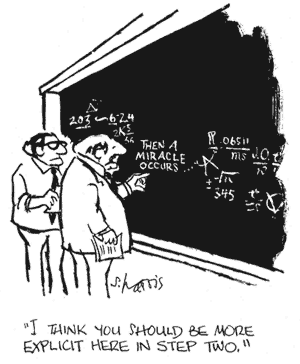UPDATE: Zappos.com is one of the savviest marketers and social media users in business today, but according to a story running in AdAge.com, the company’s recent advertising agency review process has once again highlighted the problems organizations create for themselves when they aren’t prepared to handle the demand they generate. Read the full article here.
UPDATE RE: FACEBOOK USERNAMES: Facebook was ready. At one minute past 9pm Pacific Time/midnight Eastern Time June 13, I went online and grabbed my Facebook vanity URL (facebook.com/marklolson) with absolutely no technical or account issues. Congratulations to Facebook on being prepared for the demand they created.
Just past midnight Eastern Time on Saturday, June 13, Facebook is going to launch Facebook Usernames and give virtually every one of its 250 million users the opportunity to grab the vanity URL of their choosing on a first-come, first-served basis. Residents of the Bay Area will feel it first at 9 p.m. when the lights dim noticeably and the ground trembles slightly from an epicenter at street level in Palo Alto.
The big question is this: “Are they ready?” Is the Facebook server farm ramped up to make this a pleasant user experience with minimal wait times and clear system messages? Or will this become just another in a long list of business/Internet case studies for how not to match supply to demand?
We’ll know very quickly even if we don’t try to make the change at that moment. Within minutes after midnight Eastern Time, the blogosphere/Twittersphere will explode with evidence of users’ experiences and on the West Coast there will be plenty of time for TV stations to cobble together stories of success or failure.
What too many businesses forget is this: It’s not the “pitch” that matters, it’s the “catch.” The “pitch” makes headlines…the “catch” makes money. Let’s look at a few examples of pitch-and-catch to illustrate:
Oprah and KFC – On May 4 this year, KFC used an offer delivered via the Oprah show for free food using a downloadable coupon good only for a two-day period. Advertising Age reported, “…should have been a promotional coup. Instead, it turned into an unmitigated disaster when the company was unable to execute and actually had to rescind the offer.” KFC “maintained that the chain prepared thoroughly, given the time constraints,” AdAge reported. Uh, KFC, no you didn’t.
“The Catch” – To any San Francisco 49er football fan, Dwight Clark’s Jan 10, 1982 end zone fingertip snag for a touchdown and victory over the Dallas Cowboys in the NFC Championship Game is legend. If he doesn’t bring it down, it’s just another toss from Joe Montana. That’s why it’s called “The Catch” and not “The Throw.” [See also: Willie Mays’ 1954 World Series Game 1 over-the-shoulder catch of a deep shot off the bat of Cleveland’s Vic Wertz.]
Harry Potter – When Harry Potter Book 7, Harry Potter and the Deathly Hallows, was released on July 21, 2007 thousands of Potter fan-atics including a substantial percentage of children lined up outside bookstores to get the first copies available at midnight. Unlike some video game releases (think Grand Theft Auto), bookstores used the opportunity to host “Potter Parties.” Kids dressed as their favorite characters, read passages from prior editions, and picked up their new books without a fuss.
Perfect storm at McCarran Airport – The City of Las Vegas worked hard to get the NBA All-Star game played there in February 20, 2007, but what many travelers remember about that weekend was not the score, but the three-hour wait at McCarran Airport security check-in to get on their flights home. A perfect storm of tourism demand overwhelmed one of America’s largest airports as people heading home from the game weekend met up with tourists there for the Chinese New Year, President’s Day three-day weekend, and holdovers from the MAGIC convention. The lines wrapped more almost a mile outside the airport in the rain.
The takeaway from these and hundreds of other pitch-and-catch disasters is this: Plan first for what you want to have happen, prepare for the worst-possible case you can imagine, then worry about creating the demand. People/buyers/customers/fans remember the last thing that happened to them first.
For Facebook, that means putting all your IT and customer service people on high alert and on station till the wave passes over. There will be time for sleep later. Handle the first 24 hours like you knew this was coming and were ready for it, and you’ll be basking in the afterglow next week, not dealing with aftershocks.

